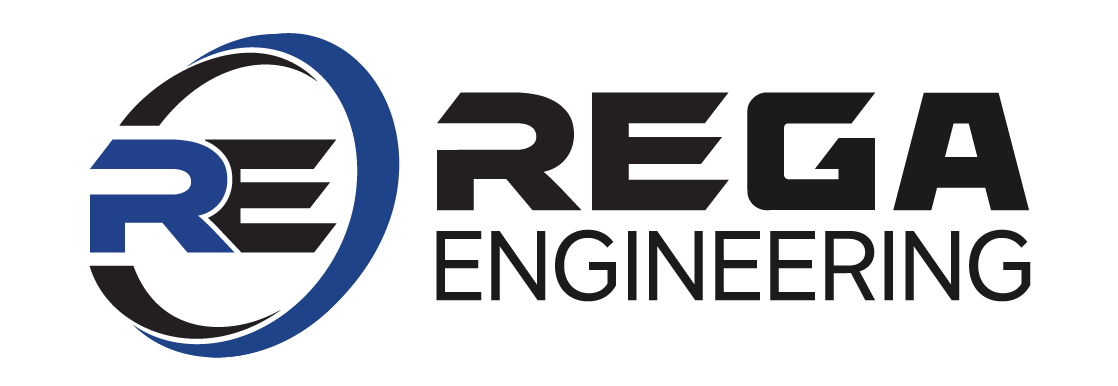An Introduction to Nondestructive Testing
Share:
Nondestructive testing (NDT) is an indispensable technique widely used in engineering to assess the integrity, quality, and reliability of materials, components, and structures without causing any damage. It plays a crucial role in ensuring safety, preventing failures, and maintaining the efficiency of critical systems. Today we’ll discuss the fundamental principles and applications of nondestructive testing, alongside its significance in engineering and related industries.
Principles of Nondestructive Testing
Nondestructive testing relies on a range of scientific principles to detect flaws, defects, and irregularities within materials. The primary objective is to assess an object's properties or internal structure without altering its functionality or structural integrity. Engineers employ various methods, such as:
Each technique has its unique set of principles, equipment, and applications, making NDT a versatile and essential field in engineering.
Applications of Nondestructive Testing
Nondestructive testing plays a pivotal role in ensuring the quality and reliability of engineering projects, from the inspection of critical infrastructure to the assessment of manufacturing processes. By implementing NDT, engineering firms can deliver safe and high-quality engineering solutions, earning their clients’ trust and confidence. Nondestructive testing finds extensive use in multiple engineering sectors, including aerospace, automotive, energy, construction, manufacturing, and healthcare.
In the aerospace industry, NDT ensures the reliability of aircraft components and structures, reducing the risk of catastrophic failures. Automotive engineers rely on NDT to detect flaws in engine components and welds to assess structural integrity. The energy industry utilizes NDT for inspecting pipelines, storage tanks, and power plant equipment. Moreover, NDT plays a vital role in ensuring the safety and effectiveness of medical devices and implants. These applications of nondestructive testing impact our daily lives and will only improve with time.
Advantages of Nondestructive Testing
One of the significant advantages of NDT is its noninvasive nature. Unlike traditional destructive testing methods that require the destruction of samples, NDT allows for evaluation without causing any damage or reducing the tested object’s lifespan. This feature is particularly crucial for expensive or irreplaceable components. NDT is also highly sensitive, capable of detecting flaws or defects that may not be visible to the naked eye. This sensitivity ensures accurate assessment and prevents failures that could have serious consequences, safeguarding the overall integrity of engineered systems.
Challenges and Developments in NDT
While NDT has made significant advancements over the years, there are still challenges to overcome. The accuracy of NDT techniques depends on the operator’s skills and experience, emphasizing the need for well-trained personnel. Additionally, the development of new materials and complex structures requires continuous innovation in testing methods to meet evolving demands. As technology progresses, there is a growing focus on combining NDT with AI and robotic advancements to enhance inspection capabilities, reduce human error, and increase efficiency.
Standards and Certifications in NDT
Standards and certifications play a vital role in ensuring the reliability and quality of nondestructive testing (NDT) in the field of engineering. They chiefly provide guidelines, procedures, and criteria that establish consistent practices and enhance confidence in the inspection results. Certifications, such as those offered by the ASNT (American Society for Nondestructive Testing), validate the competence of NDT personnel, ensuring accurate and reliable inspections.
Standardization promotes interoperability among entities involved in NDT and enables seamless communication and collaboration. Adherence to standards and certifications is essential for regulatory compliance and meeting safety requirements in various industries. By following these standards, organizations demonstrate their commitment to quality and drive innovation in NDT techniques and procedures.
We're the Midwest's Go-To Engineers
Nondestructive testing is an invaluable tool in ensuring the safety, reliability, and quality of materials and structures in engineering and related industries. By employing a range of testing methods and principles, NDT allows for thorough inspection without causing damage or disruption. With ongoing advancements and the integration of cutting-edge technologies, nondestructive testing holds great promise in improving inspection accuracy and efficiency, ultimately contributing to safer and more robust engineering systems.
With
our comprehensive engineering expertise, we are enthusiastic about addressing all your questions and concerns.
Reach out today to
our dedicated engineers and see what our team can do for your next project. We prioritize unwavering reliability, ensuring that you can count on us to consistently deliver exceptional results. Our team looks forward to helping you achieve your goals and grow your project.

